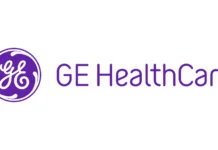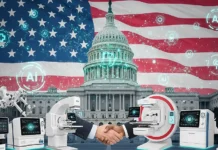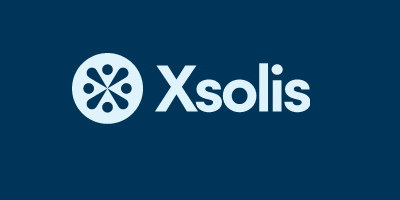The year 2023 marked a milestone for generative AI, bringing unprecedented attention to the immense potential of AI technologies across industries. As a physician who also leads a team of data scientists, I’m thrilled to see this broader market awareness – but it’s important to recognize that AI has been quietly advancing healthcare for decades.
In fact, AI was first applied in the field of biomedical research as early as the 1970s. Over the following decades, as manual data modeling transitioned to digital versions, AI generated increasingly sophisticated clinical and operational benefits – from accelerating DNA research to enabling more precise surgical procedures and comprehensive EHR implementation.
For the past 20 years, advancements in Predictive AI have surfaced in consumer-facing applications like Alexa and Netflix recommendations. While the average person might have interacted with AI without realizing it, the true scope of its possibilities, especially in healthcare, remained largely opaque.
That changed with the rapid adoption of OpenAI’s ChatGPT, which brought broader awareness of generative AI’s transformative potential. However, this newfound attention has also magnified the mixed levels of acceptance and risk tolerance that have historically surrounded AI technologies. The persistent “AI is coming for our jobs” misconception is a prime example.
It’s critical that we counter this narrative and refocus our efforts on how AI can be practically applied to improve healthcare – with a particular emphasis on operational areas and decision-making processes. Here’s why:
Predictive AI Has Already Established a Proven Track Record in Healthcare
Predictive AI has already increased efficiency and dramatically improved operational challenges within healthcare. For example, there have been remarkable results using AI to support mammogram screenings, identifying 20 percent more cases of breast cancer while reducing the administrative burden (screen-reading workload in this case) by 44 percent. In addition to cancer screenings, Predictive AI has been successfully used to improve patient monitoring, identify at-risk patients, aid in disease diagnosis, and minimize prescription fraud.
Such practical applications of AI are essential, given the staggering $250 billion in unnecessary administrative waste identified in the healthcare industry. The COVID-19 pandemic also exacerbated challenges, with a growing staffing crisis and all-time high claims denials exacerbating revenue losses.
It’s encouraging to see major health systems publicly commit to adopting AI technologies with renewed vigor and investment. But we should also explore how smaller and mid-size hospitals can benefit from AI in operational areas. Ultimately, we must continue the long game of “making the business of healthcare more efficient” by reducing unnecessary and manual administrative work.
AI Will Complement, Not Replace, Healthcare Professionals
AI will never be able to replace the human clinician’s judgment and expertise. However, it will be able to ingest and interpret data more quickly, with improved accuracy of its predictions over time. Studies have already validated the effectiveness of AI-generated clinical summaries, which are often preferred over those created by medical experts due to their conciseness and accuracy.
Generative AI, the latest tool in the AI toolbox, could further enhance this process by allowing clinicians to create a patient’s longitudinal view with the click of a button, rather than having to piece together information from multiple sources.
While Predictive AI will likely continue to excel at solving many administrative challenges in the near future, as Generative AI matures it will need to be carefully modeled, tested, and validated to ensure accuracy and eliminate bias. This is a long game, but one that holds immense promise for enabling clinicians to focus on the core purpose of healthcare: providing high-quality, patient-centered care.
No technology is perfect, and AI is no exception. But we must challenge the notion that technology has to be flawless to be valuable. Any human-led, manual process will always be prone to mistakes as well. The key is to harness the power of AI to enhance, not replace, the human touch in healthcare.
By embracing the practical applications of AI, we can ensure that healthcare is delivered in a truly person-centric manner — B2C, not B2B — prioritizing the human-to-human element to elevate patient and member experience while improving operational efficiency. This is the glass-half-full vision for the future of healthcare, and one that I’m deeply committed to realizing.
Author: Heather Bassett M.D., is the Chief Medical Officer with Xsolis



















